Barton Peveril IT Manager is Google Certified Innovator
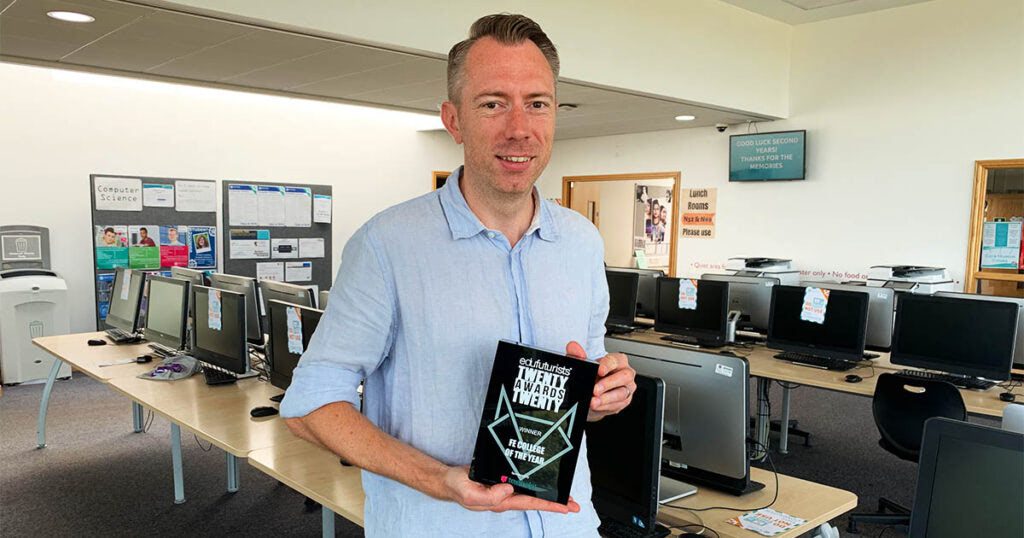
@bartonpeveril IT Manager, Peter Horner, is now a @GoogleForEdu Certified Innovator and one of just 78 educators globally who were awarded the role this year.
Google Certified Innovators work to transform students’ education, using innovative technologies to enhance learning. After a rigorous application process, Horner joins a community of just 2,200 Google Certified Innovators from over 50 countries across the globe.
To become a Certified Innovator, the Barton Peveril IT Manager had to attend a three day Google Academy, pass the advanced Google Certified Educator Level 2 exam, and work across the College to identify a learning challenge that could be solved with the use of new technologies.
With his new status, Peter Horner will attend the first ever virtual Google for Education Certified Innovator Academy. At the Academy, which will take place online across eight weeks, Horner will develop his idea to tackle a challenge in the classroom using new technology with the help of experts at Google. The Academy will be followed by eight months of one-to-one mentorship with an Expert Innovator, to see Horner’s idea come to life in College.
This status comes just after Peter Horner and his team saw Barton Peveril named FE College of the Year in the EduFuturists Awards 2020, for the College’s digital learning capabilities and continued success delivering teaching and support remotely.
Speaking after receiving his Google Certified Innovator status, Barton Peveril IT Manager, Peter Horner, said:
“I can’t wait to get started as a Google Certified innovator. I’m so happy to join the global community of Google for Education Innovators. Thank you to everyone who supported me in applying!”
Horner then spoke of his idea to enhance students’ learning:
“Our students have grown up surrounded by technology, and mobile devices are an important part of their lives. In lessons, mobile devices can be used for collaborative activities, gamification of tasks, creating content, and checks on understanding to give teachers an overview of where support is needed. Despite these advantages, the negative effects of mobile devices are often talked about, instead of the positive impact these devices could have. I believe now is the time to explore how we might show students how to unlock the potential of their mobile device to maximise their learning opportunities.”



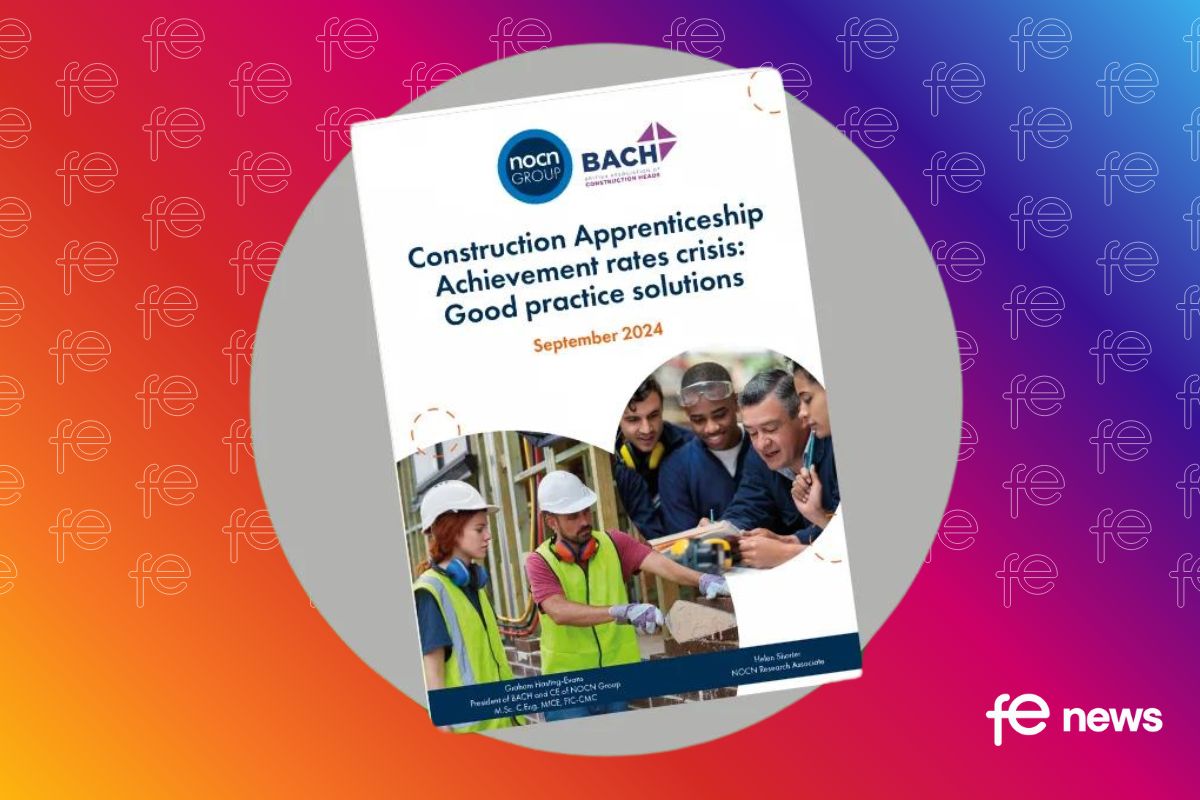
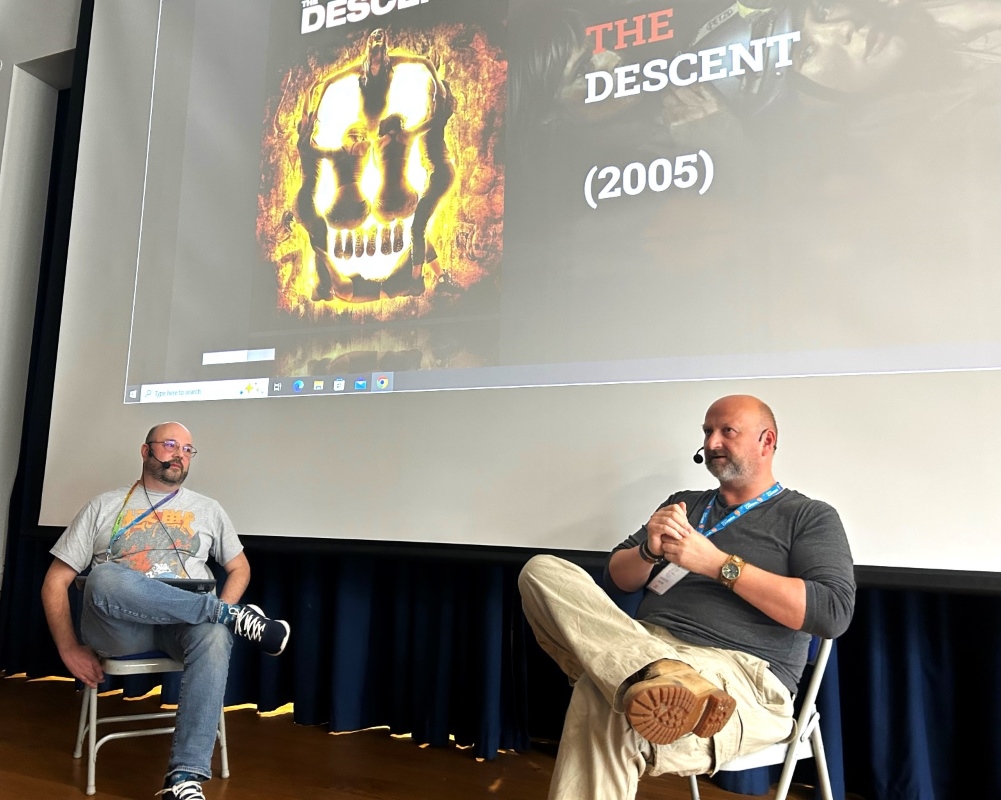

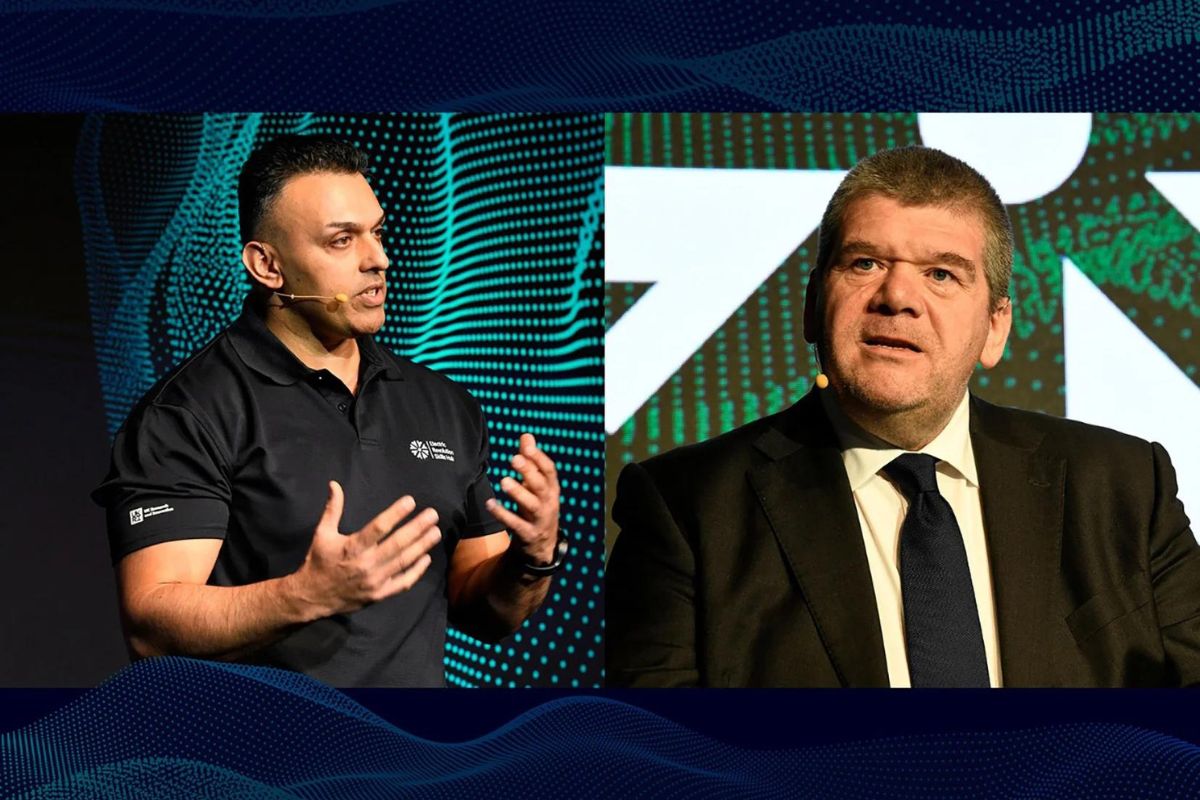

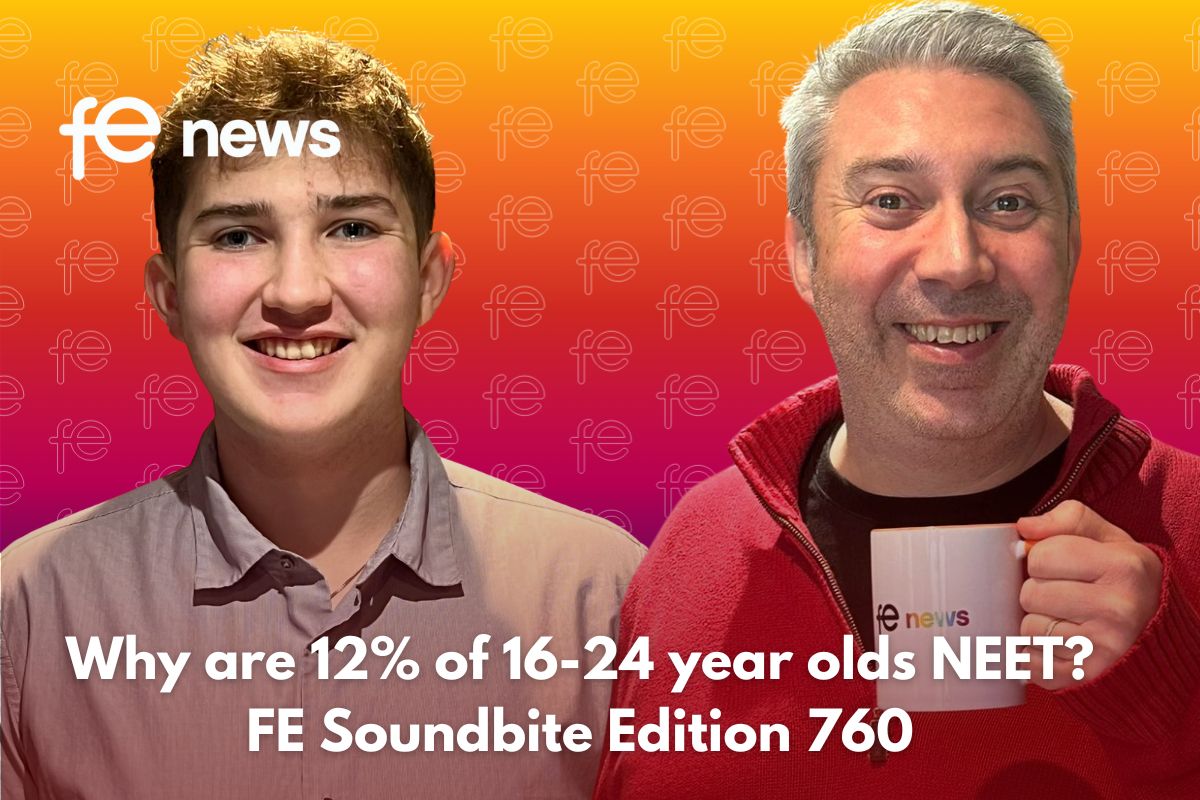


Responses